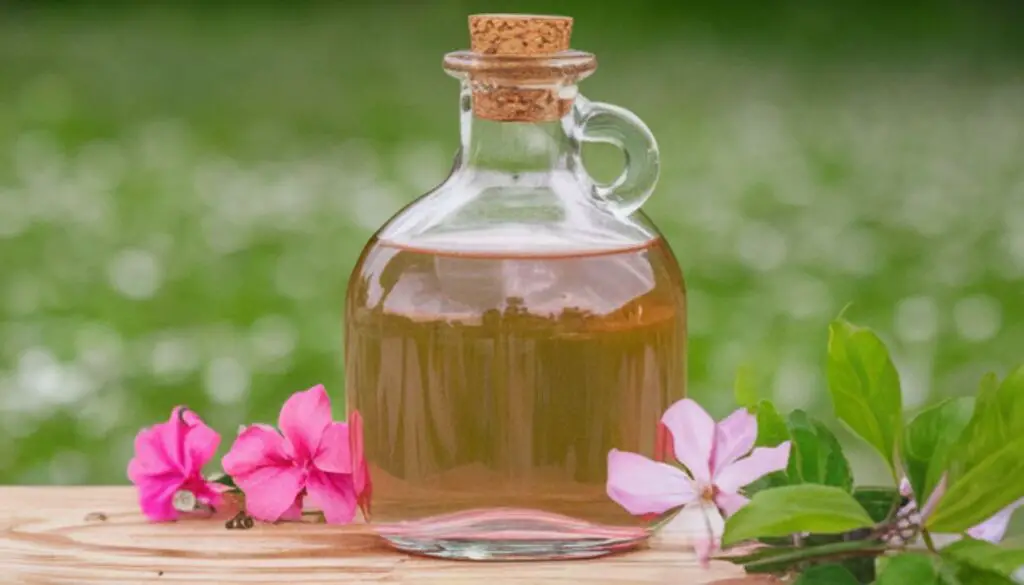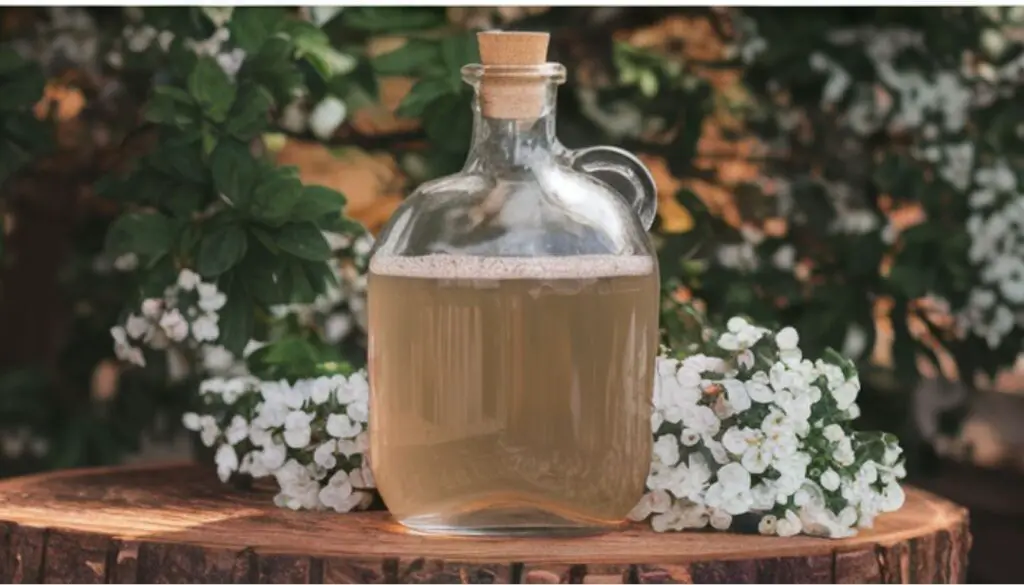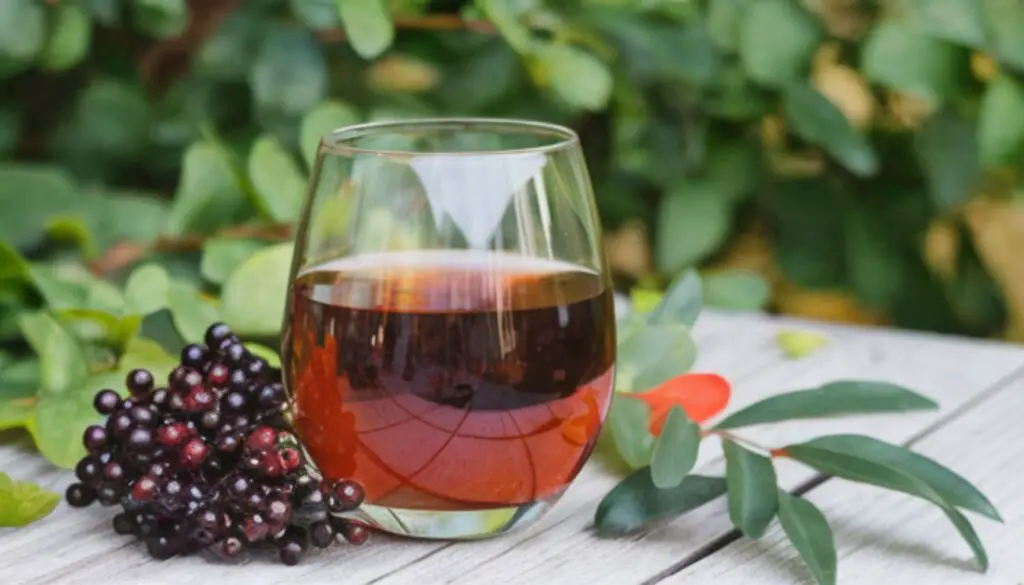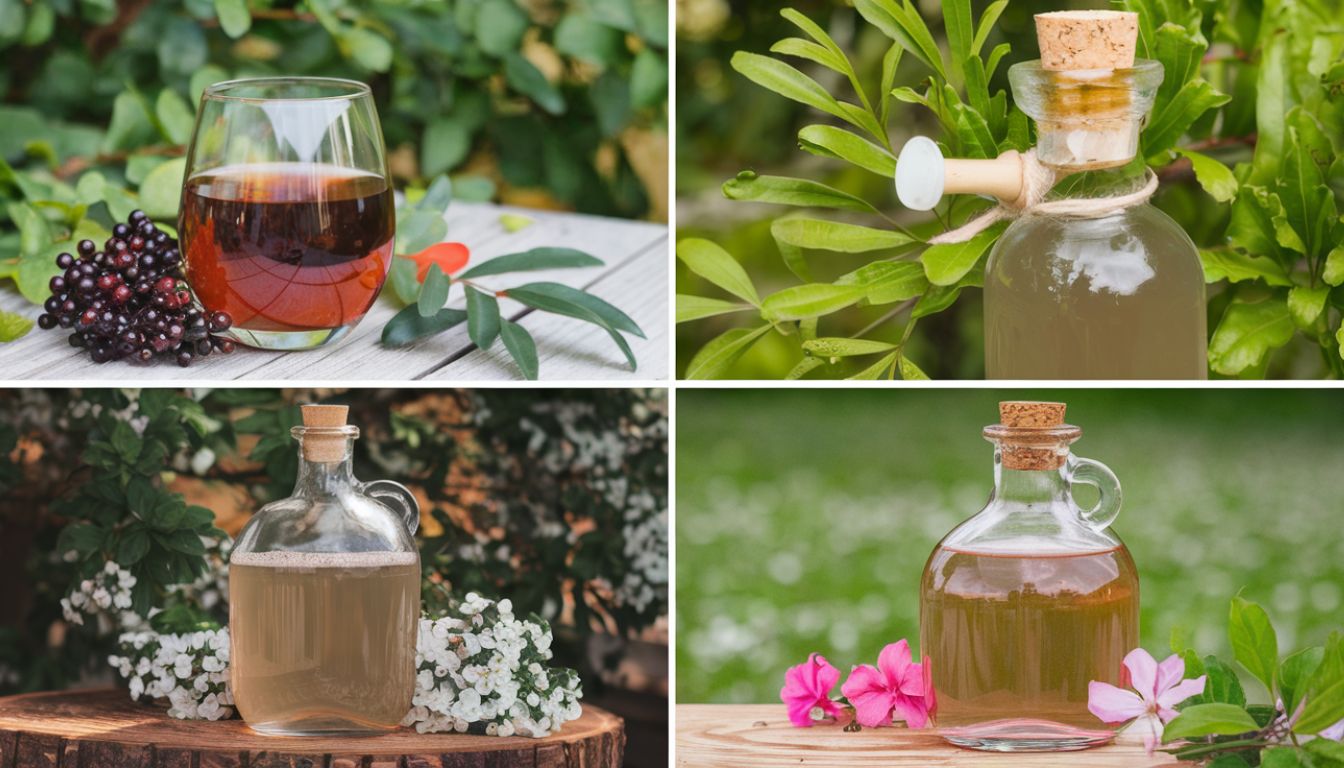Herbal wines and meads, also known as Metheglin, are drinks made with herbs. They have a long history and are enjoyed for their taste and health benefits. Making these drinks can be a fun and rewarding hobby. You can use many different herbs to create flavors you like.
These drinks are not just about taste; they are about the experience of making something unique. The process of making herbal wines and meads has been passed down through generations. It continues to change and adapt to modern tastes.
Herbal wines and meads are versatile. You can use almost any edible or medicinal herb to make a drink that suits your taste and health goals. From the gentle flavors of lavender and chamomile to the strong taste of elderberry, the options are endless.
Making herbal wines and meads is a journey of discovery. It’s a chance to explore the flavors and smells that herbs offer. It’s an opportunity to connect with nature and learn about the benefits of different herbs.
A Historical Perspective on Herbal Wines and Meads
The Role of Herbal Beverages in Medieval Times
In the Middle Ages, herbal wines and meads were more than just drinks. They were a part of daily life and medicine. People drank them for their taste and health benefits. They were a way to preserve and use medicinal herbs.
These drinks were important in medieval life. They were used for cooking and medicine. People believed the herbs had healing properties. The alcohol helped preserve the herbs and make them more effective.
Making herbal wines and meads was a group activity. It often involved the whole household. It was a time-consuming process that required patience and skill. But the result was a drink that was both tasty and healthy.
Transition from Past to Present
Today, making herbal wines and meads is popular again. People interested in natural living and health are drawn to this craft. It combines old techniques with modern knowledge to create drinks that are both enjoyable and good for you.
The modern interest in herbal wines and meads is part of a larger trend. People are looking for natural ways to improve their health. These drinks offer a tasty and enjoyable way to do that.
Making herbal wines and meads is easier now, thanks to technology and information. Anyone can learn to make these drinks at home with simple ingredients and tools.
The renewed interest in these drinks is also about connecting with nature. Making them is a creative and rewarding process. You can experiment with different herbs and flavors to create a drink that suits your taste and health goals.
Understanding the Basics of Herbal Wine and Mead Making

Key Ingredients and Their Roles
The main ingredients in herbal wine and mead making are simple. Herbs provide flavor and health benefits. Honey or sugar is the base that ferments. Yeast is needed for fermentation, turning sugars into alcohol. Other ingredients like lemon juice and tannin powder add flavor.
Choosing the right herbs is important. Different herbs have different flavors and benefits. The combination of herbs you choose will affect the taste and health benefits of your drink. Popular herbs include lavender, chamomile, elderberry, and rose hips.
Honey or sugar is used as the base in herbal wines and meads. Honey is often preferred for its natural sweetness. It enhances the flavors of the herbs. But sugar can also be used and is often more available and affordable.
Yeast is crucial in the fermentation process. It converts the sugars in the honey or sugar into alcohol. There are many types of yeast, and the choice will affect the flavor and alcohol content of your drink.
The Fermentation Process Explained
Fermentation is the key to making wine and mead. This natural process involves yeast converting sugars into alcohol. It creates the taste and character of the drink. Understanding fermentation is important for making herbal drinks.
The fermentation process starts with preparing the must. This is a mix of water, honey or sugar, and herbs. Yeast is added to the must, starting the process of turning sugars into alcohol.
During fermentation, the yeast eats the sugars in the must. It produces alcohol and carbon dioxide as byproducts. This process can take a few weeks to several months, depending on the yeast and desired alcohol content.
Once fermentation is done, the drink is usually aged for several months. This allows the flavors to develop and mature. Aging can be done in bottles or a fermentation vessel. The length of aging depends on the type of drink and desired flavor.
Choosing the Right Herbs for Your Brew
Culinary vs. Medicinal Herbs
When picking herbs for your brew, think about whether you want flavor or health benefits. Culinary herbs like lavender and chamomile offer gentle flavors. Medicinal herbs like elderberry provide health benefits.
Culinary herbs are chosen for their flavor and smell. They can add a unique twist to your herbal wine or mead. Popular culinary herbs include lavender, chamomile, and mint.
Medicinal herbs are chosen for their health benefits. They can create a drink that is both tasty and good for you. Popular medicinal herbs include elderberry, echinacea, and ginger.
When choosing herbs, consider the flavor and properties of each one. Experimenting with different combinations can lead to unique and tasty results.
Popular Herbs for Wine and Mead
Some herbs are especially good for wine and mead making. Lavender, chamomile, elderberry, and rose hips are popular choices. Each brings unique flavors and benefits to your brew.
Lavender is popular for its gentle floral flavor and smell. It pairs well with other herbs and can add a unique twist to your drink.
Chamomile is known for its calming properties. It has a mild, sweet flavor that pairs well with other herbs. It can add a touch of sweetness to your drink.
Elderberry is a popular medicinal herb. It’s known for its immune-boosting properties. It has a rich, fruity flavor that pairs well with other herbs.
Rose hips are known for their high vitamin C content. They have a tart, fruity flavor. They pair well with other herbs and can add a touch of tartness to your drink.
Step-by-Step Guide to Making Herbal Wines and Meads

Infusion Techniques: Cold vs. Hot
Infusing herbs is a key step in brewing. Cold infusion is good for delicate herbs, keeping their subtle flavors. Hot infusion is better for tougher herbs and dried berries, getting more robust flavors.
Cold infusion involves steeping the herbs in cold water for a long time. This allows the flavors and properties of the herbs to be extracted slowly. It’s ideal for delicate herbs like lavender and chamomile.
Hot infusion involves steeping the herbs in hot water for a short time. This allows the flavors and properties of the herbs to be extracted quickly. It’s ideal for tougher herbs and dried berries.
When choosing an infusion method, consider the type of herbs and the desired flavor. Experimenting with different methods can lead to unique and tasty results.
Bottling and Aging Your Brew – Herbal Wines & Meads
Once fermentation is done, bottling and aging your brew is important for developing its full flavor. Proper storage and patience will reward you with a rich, complex drink.
Bottling involves transferring the fermented drink into bottles. It’s important to use clean, sterilized bottles to prevent contamination.
Aging is a key step in brewing. It allows the flavors and smells of the drink to develop and mature. The length of aging depends on the type of drink and desired flavor. It usually ranges from a few months to a year or more.
Proper storage is also important for aging. Bottles should be stored in a cool, dark place, away from sunlight and temperature changes.
Exploring Further: Advanced Techniques and Resources – Herbal Wines & Meads

Online Courses and Workshops – Herbal Wines & Meads
For those eager to learn more, online courses like “The Craft of Herbal Fermentation” offer valuable insights and techniques for mastering herbal brewing.
Online courses and workshops are a great way to learn more about herbal wine and mead making. They cover a wide range of topics, from the basics of fermentation to advanced techniques.
In addition to online courses, there are many books and resources available on herbal wine and mead making. These resources can provide valuable information and inspiration for your brewing journey.
Experimenting with Flavors and Blends
The world of herbal wines and meads is vast and varied. Experimenting with different herbs and blends allows you to create unique recipes tailored to your taste and health goals. Embrace the creativity and tradition of this ancient craft, and enjoy the journey of discovery.
Experimenting with different herbs and blends is one of the most exciting parts of making herbal wines and meads. The possibilities are endless, and the only limit is your imagination.
When experimenting with flavors and blends, consider the properties and flavors of each herb. Some herbs may complement each other, while others may clash. It’s important to experiment and find the right balance.
Before You Go – Herbal Wines & Meads
In addition to experimenting with herbs, you can also experiment with different types of honey or sugar, yeast, and fermentation techniques. Each of these elements can affect the flavor and character of your drink. Experimenting with different combinations can lead to unique and tasty results.
Overall, the art of crafting herbal wines and meads is a journey of discovery. It’s a chance to explore the flavors and smells that herbs offer. It’s an opportunity to connect with nature and learn about the benefits of different herbs.
References – Herbal Wines & Meads
Little Herb Encyclopedia, by Jack Ritchason; N.D., Woodland Publishing Incorporated, 1995
The Ultimate Healing System, Course Manual, Copyright 1985, Don Lepore
Planetary Herbology, Michael Tierra, C.A., N.D., Lotus Press, 1988
Handbook of Medicinal Herbs, by James A. Duke, Pub. CRP Second Edition 2007
The Complete Medicinal Herbal, by Penelope Ody, Published by Dorling Kindersley
Check the Following Articles!
How to Make Incredible Herb Jelly (Savory or Sweet)
Herbal Decoction Recipes: Get The Healing Benefits
Herbal Juice Recipes: The Ultimate Guide
Top 9 Healing Herbs with Medicinal Benefits
The Art of Crafting Herbal Wines & Meads
Ever tried making herbal wines and meads? It’s like bottling a bit of magic! Imagine sipping a glass of lavender mead or rosemary wine—pure bliss! These drinks not only taste amazing but also offer health benefits. Crafting them is an art, blending herbs, honey, and fruits to create unique flavors. For more enchanting recipes and tips, visit The Herb Prof.

